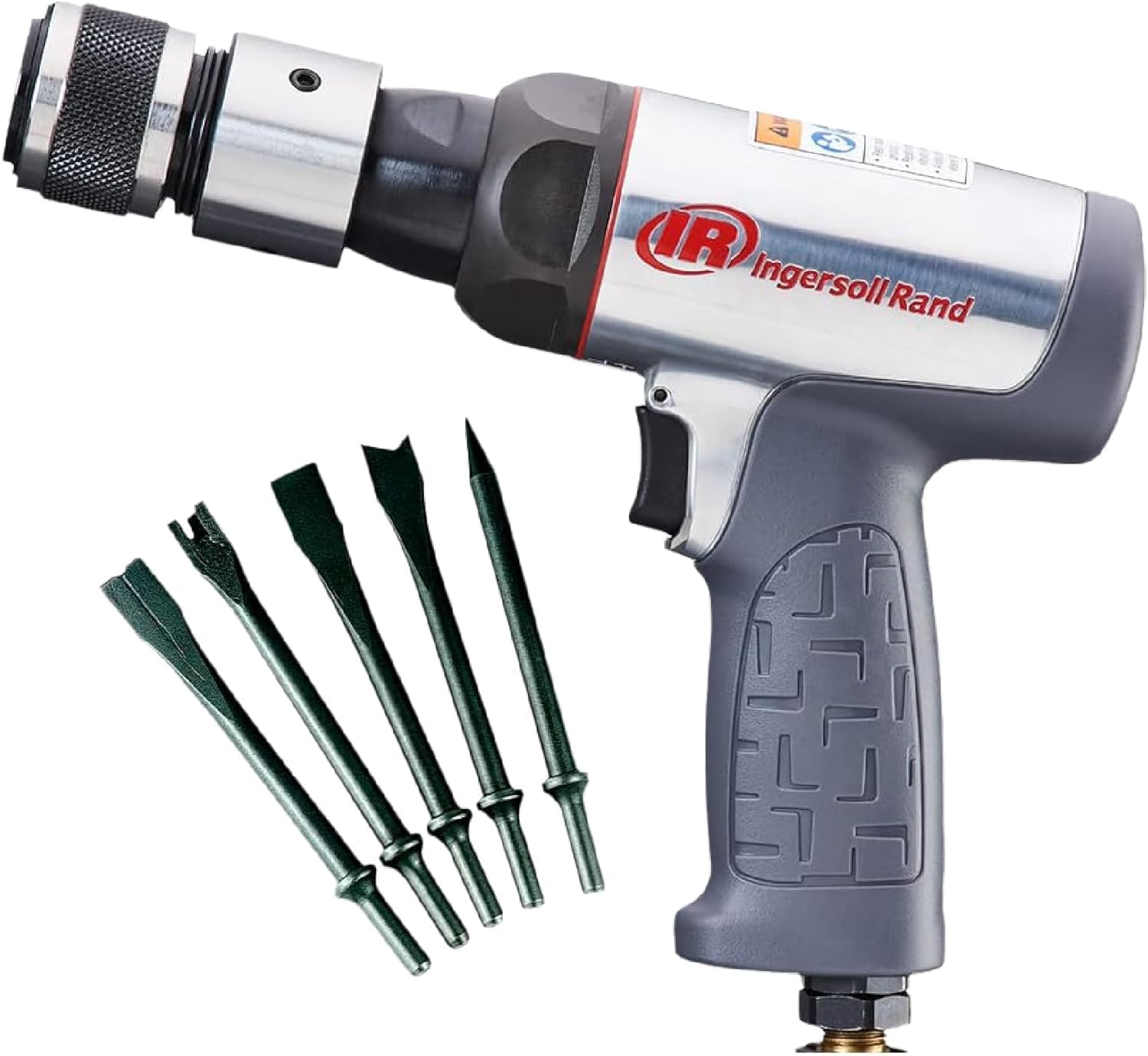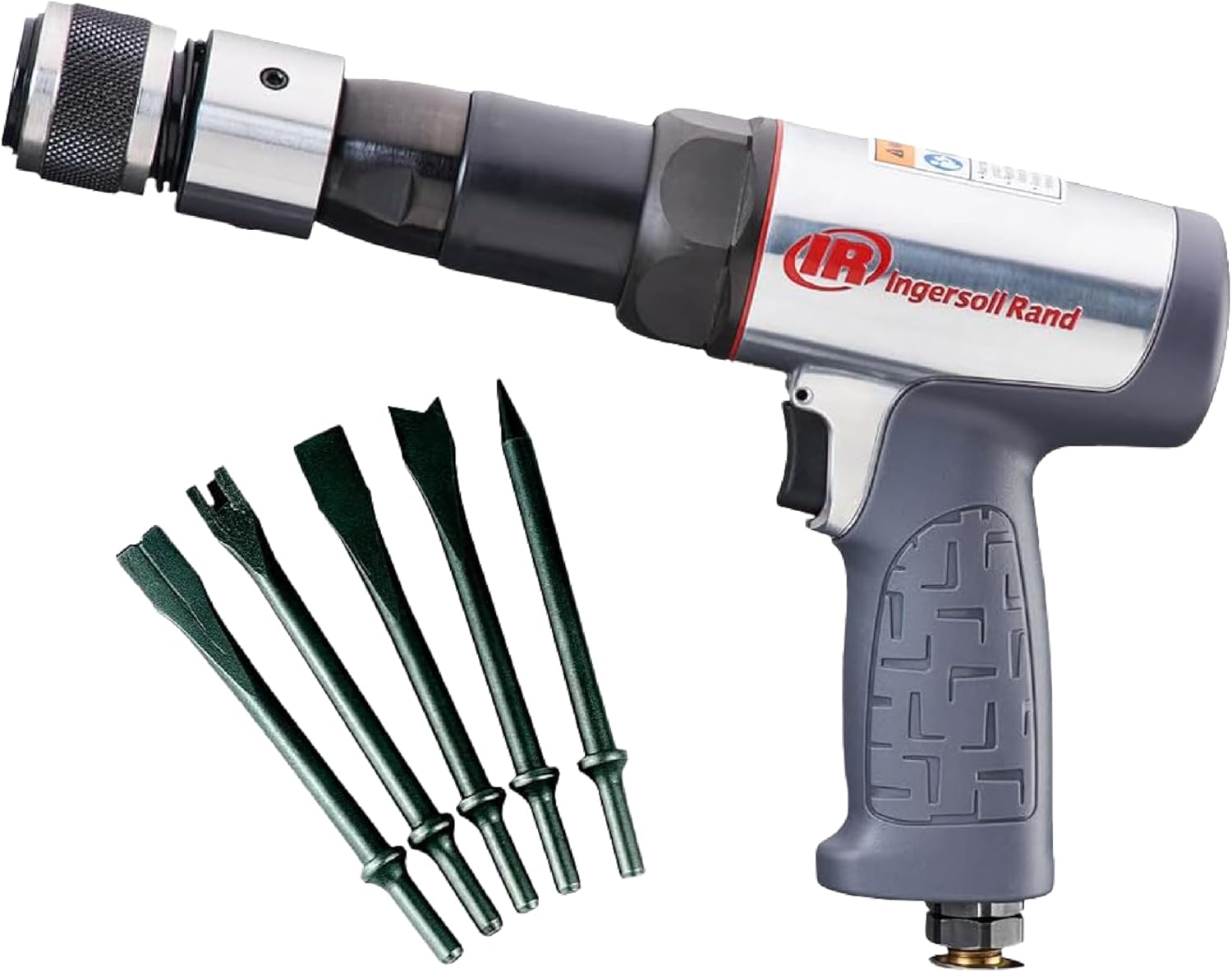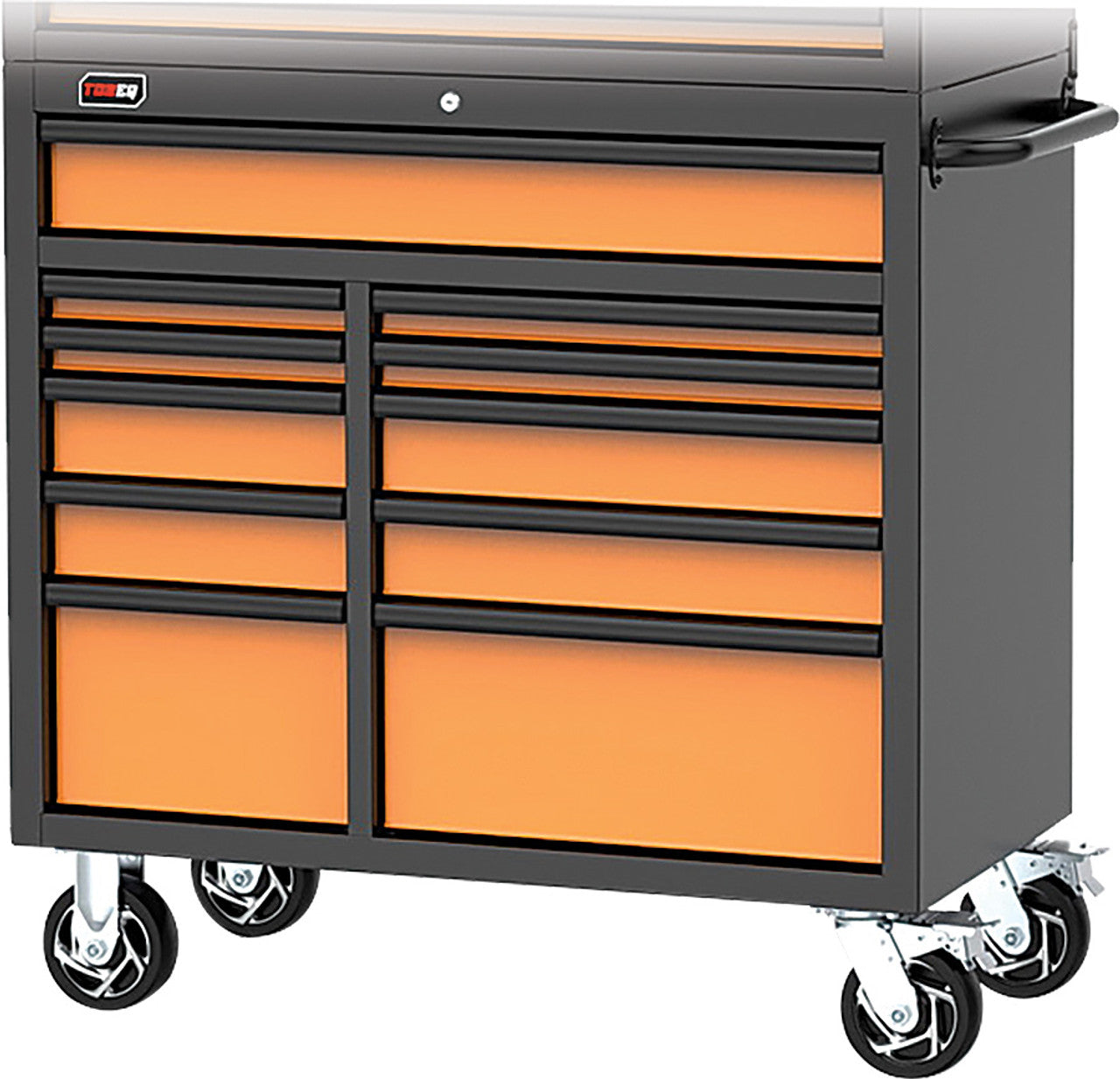Mityvac est une marque d'outils de diagnostic et de réparation automobile depuis 1971. Commençant par la conception et le brevet d'une pompe à vide portative unique destinée aux applications médicales, ses utilisations se sont élargies pour inclure les diagnostics et services automobiles ainsi que les applications industrielles et grand public. Les kits de pompe Mityvac combinent nos pompes manuelles à vide/pression avec des accessoires soigneusement sélectionnés pour fournir les kits les plus complets disponibles pour l'entretien automobile. Mityvac propose des kits pour une purge simple, propre et rapide des freins par une seule personne, ainsi que des kits plus complets pour tester et diagnostiquer des centaines de fonctions liées à l'automobile. Le kit automobile Silverline Elite MV8500 fournit à la fois le vide et la pression. La double capacité de la pompe à main Mityvac combine deux pompes en une seule. Il rationalisera votre inventaire d'outils tout en étendant considérablement ses applications de service de véhicule. Mityvac propose les produits et systèmes dont vous avez besoin pour toute application de purge de freins et d'embrayage, nettoyage par induction d'air et test de compression, évacuation du système de refroidissement ou application de remplissage, pour la manipulation des fluides et les applications de diagnostic. .?
Caractéristiques
Fabriqué à partir de zinc moulé sous pression durable
Fournit le vide ou la pression avec une précision et une commodité égales
Dispose d'un design moderne et ergonomique pour une utilisation confortable et à long terme.
Comprend les composants nécessaires pour effectuer de nombreux tests de diagnostic et mécaniques, y compris les diagnostics de performance du moteur, la purge des freins, le transfert de liquide, l'évacuation, l'échantillonnage, la réparation du pare-brise et plus encore.
Réparable sur le terrain avec des kits de maintenance standard et des pièces de rechange disponibles
Caractéristiques
Fabricant : Lincoln
Marque : Mityvac
Modèle : MV8500
Poids de l'article : 2,21 kilogrammes
Dimensions du produit : 9,8 x 12 x 3,5 pouces
Numéro de modèle de l'article : MITMV8500
Est abandonné par le fabricant : Oui
Référence fabricant : 4000
Pliage : Non
Housse incluse : kit complet
Type de levage : Mécanique
ASIN : B0002SQYUA
Commentaires des clients : 4,4 sur 5 étoiles 3 002 évaluations 4,4 sur 5 étoiles
Classement des meilleures ventes : n°2 930 dans l'automobile (voir le top 100 dans l'automobile) n°2 dans les outils de purge du système de freinage
Date de première disponibilité : 19 octobre 2006
Matière : Métal
Style : Kit d'aspiration et de pression
Dimensions de l'article LxLxH : 9,8 x 12 x 3,5 pouces
Source d'alimentation : Air Powered
































































































































































































